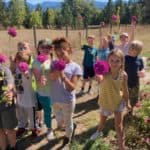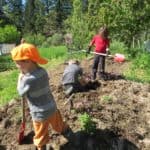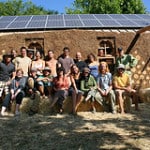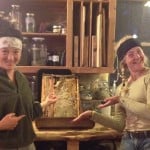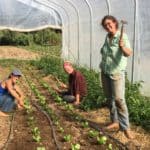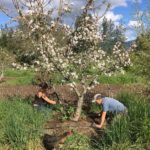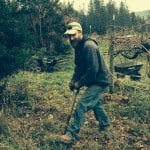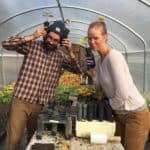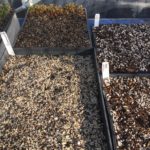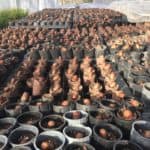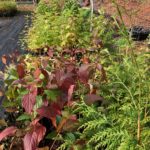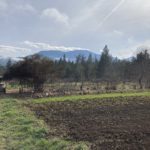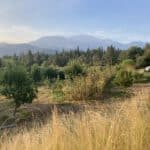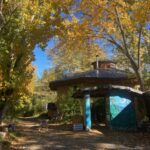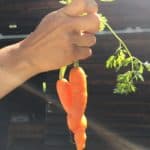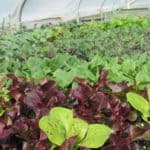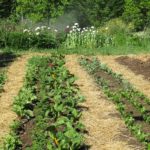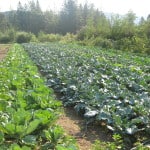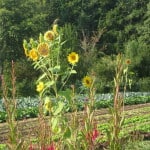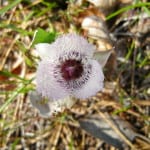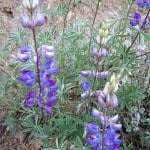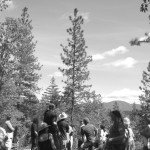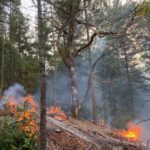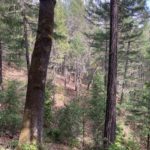Hah! Two posts in one day! The relative quiet here on the blog should clue you in to the fact that things are getting busy around here. Nothing anyone could write would be able to capture the sheer volume of activity in this place. Peas are springing up left and right, the goats and lambs seem to double in size daily, as does our collection of milk-filled containers, and our daily project list goes on and on. Weeding fields, burying irrigation lines, mowing, mowing, mowing. Spring school visits are well under way, with June so close we can taste it (just looking at the green strawberries sitting in the field makes my back ache and my stomach grumble), and our long-anticipated Natural Building Apprenticeship filled, it’s going to be a good season.
The real reason I wanted to get this one live is to give an interim update on the status of our latest natural building project here on the farm. It’s come a long way even since these photos, with rough plaster up and ready for action.
 To the left: straw bales covered in a thick plaster. To the right: wood frame infilled with light straw clay, waiting to be plastered.
To the left: straw bales covered in a thick plaster. To the right: wood frame infilled with light straw clay, waiting to be plastered.
My favorite thing about natural building techniques is that they are incredibly versatile in their application. Natural construction on the farm speaks not only to the truth of the materials, but the reality that they were crafted by people. They are warm and organic, inexpensive and efficient, the materials can decompose completely or be broken down and reused. Someone who has never worked on an earthen building before can learn the basics quickly. The light straw clay and rough plaster pictured here was completed by our interns after only a quick demonstration. The finished product is truly sculpture, molded by many hands. Right angles in modern construction lack the honesty and character of earthen buildings – after finishing something we can step back and see ourselves in it.










